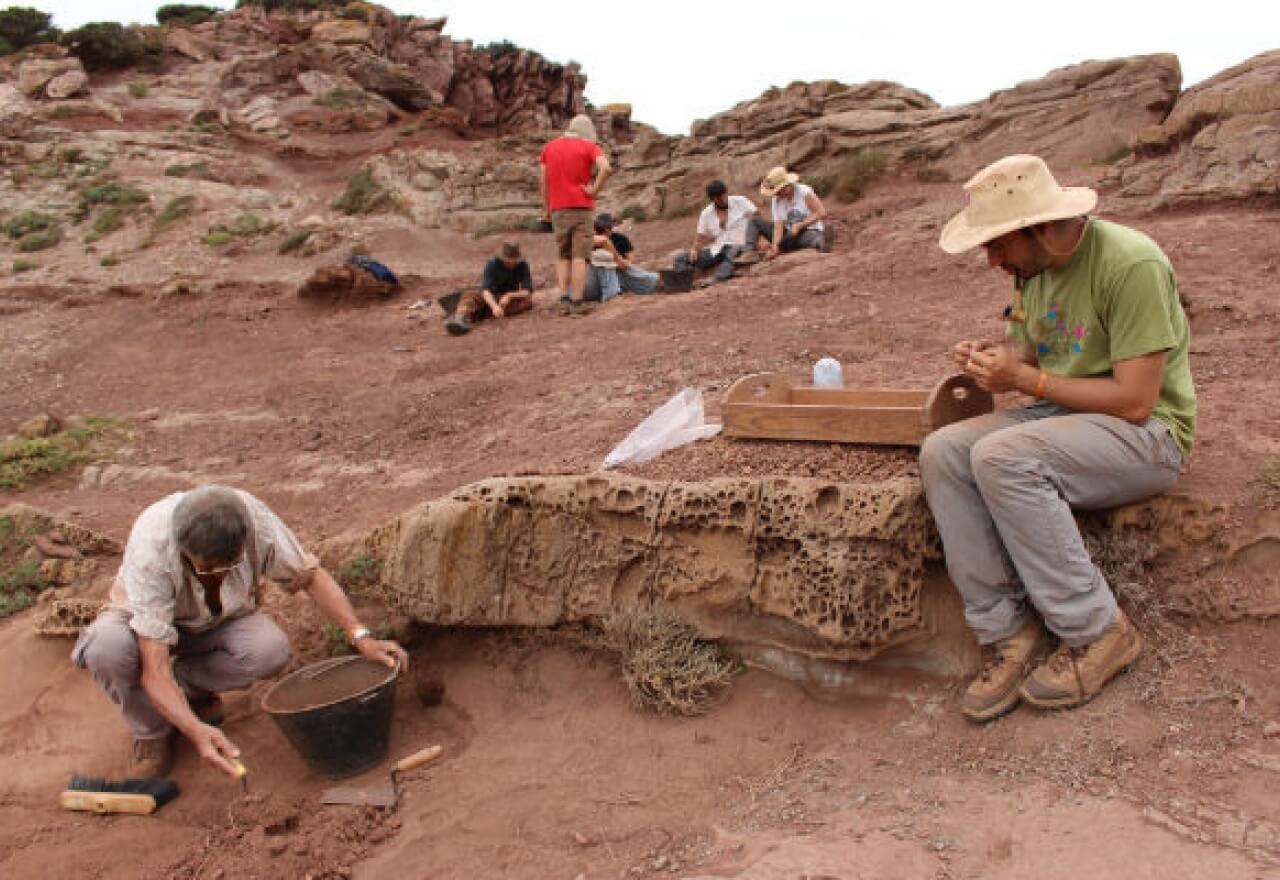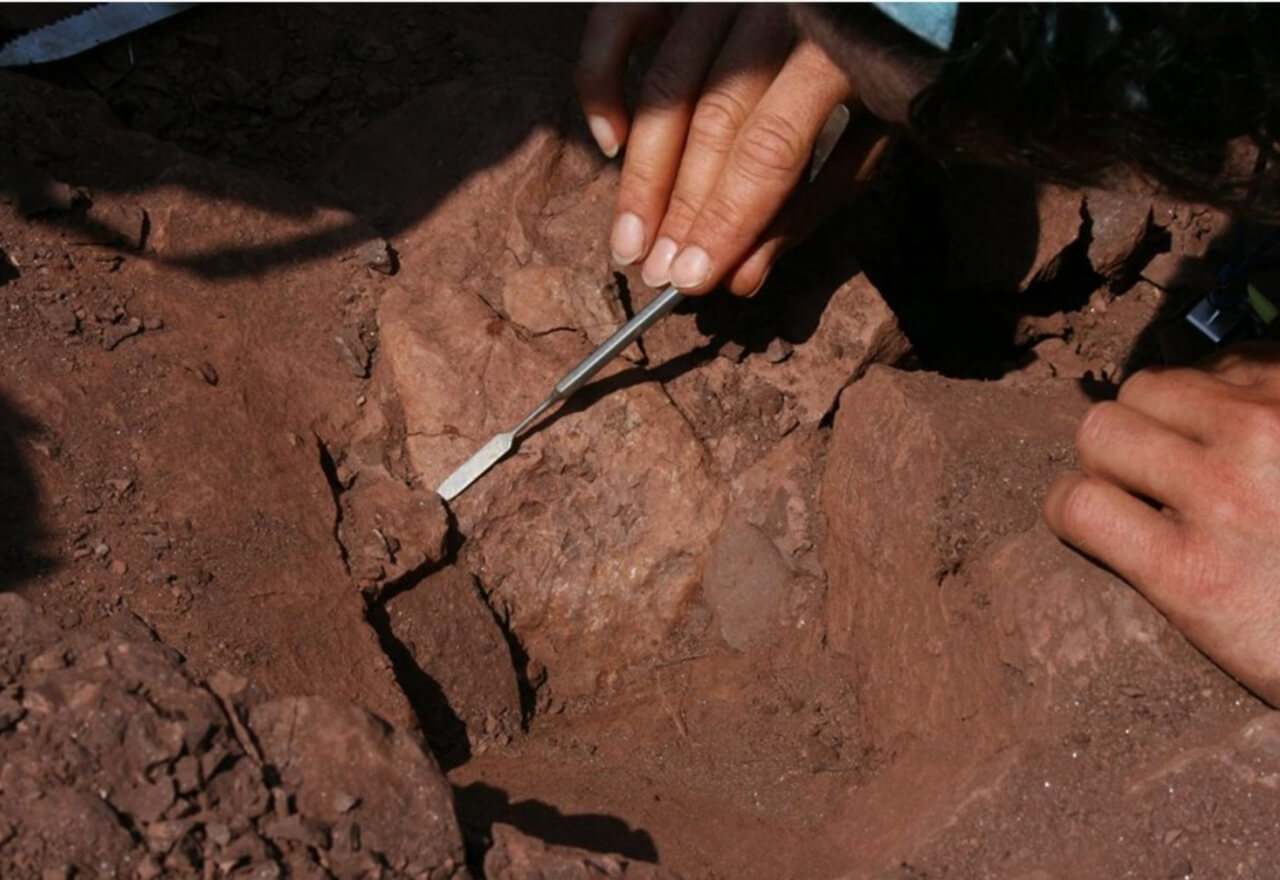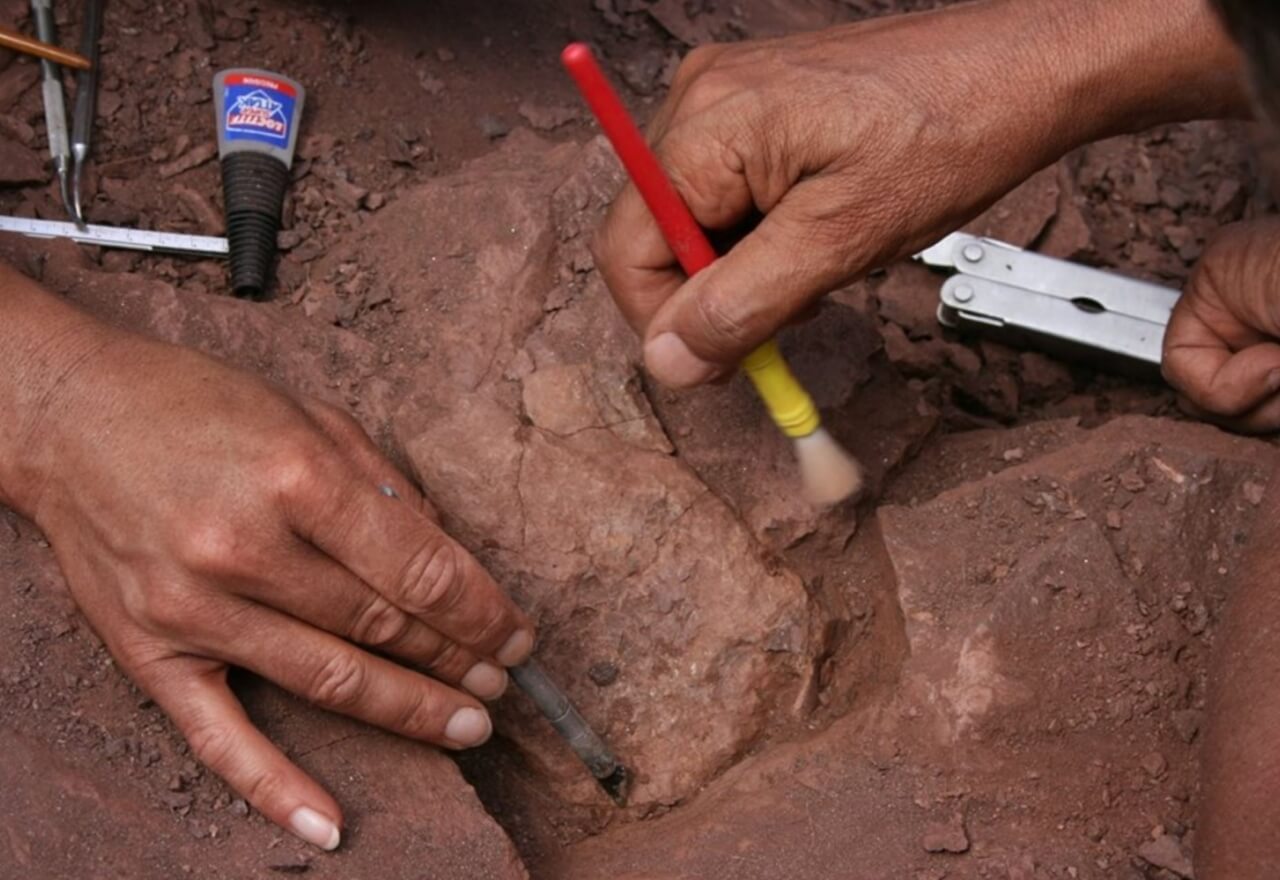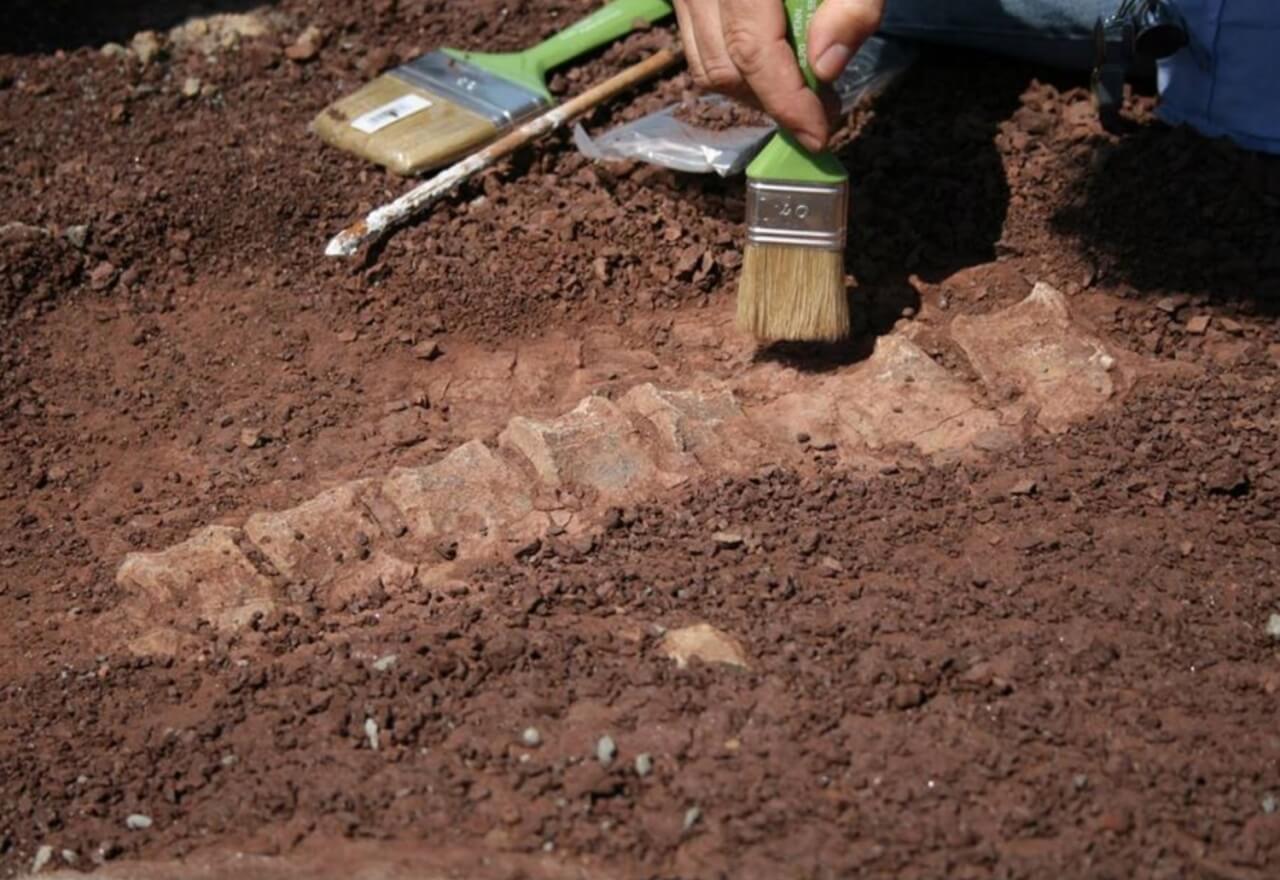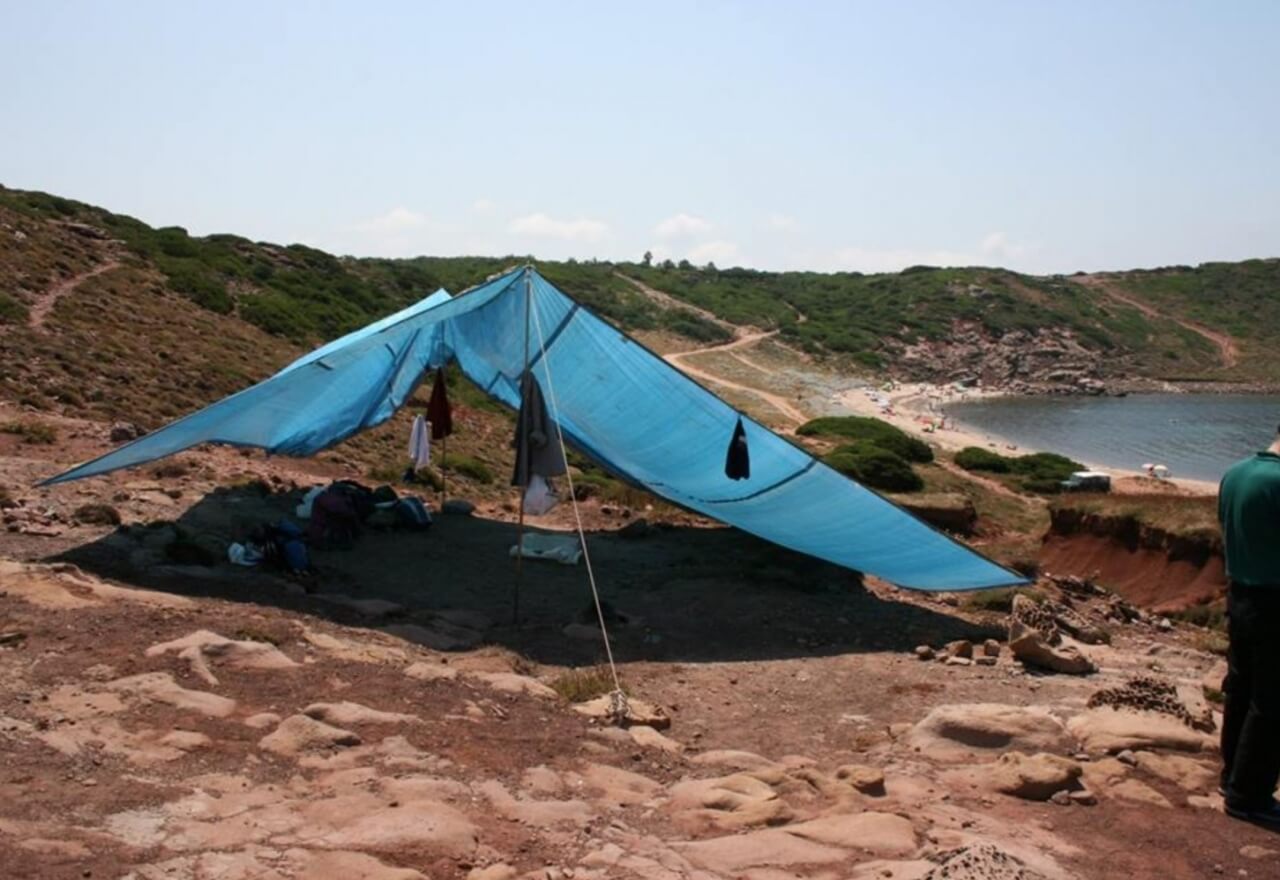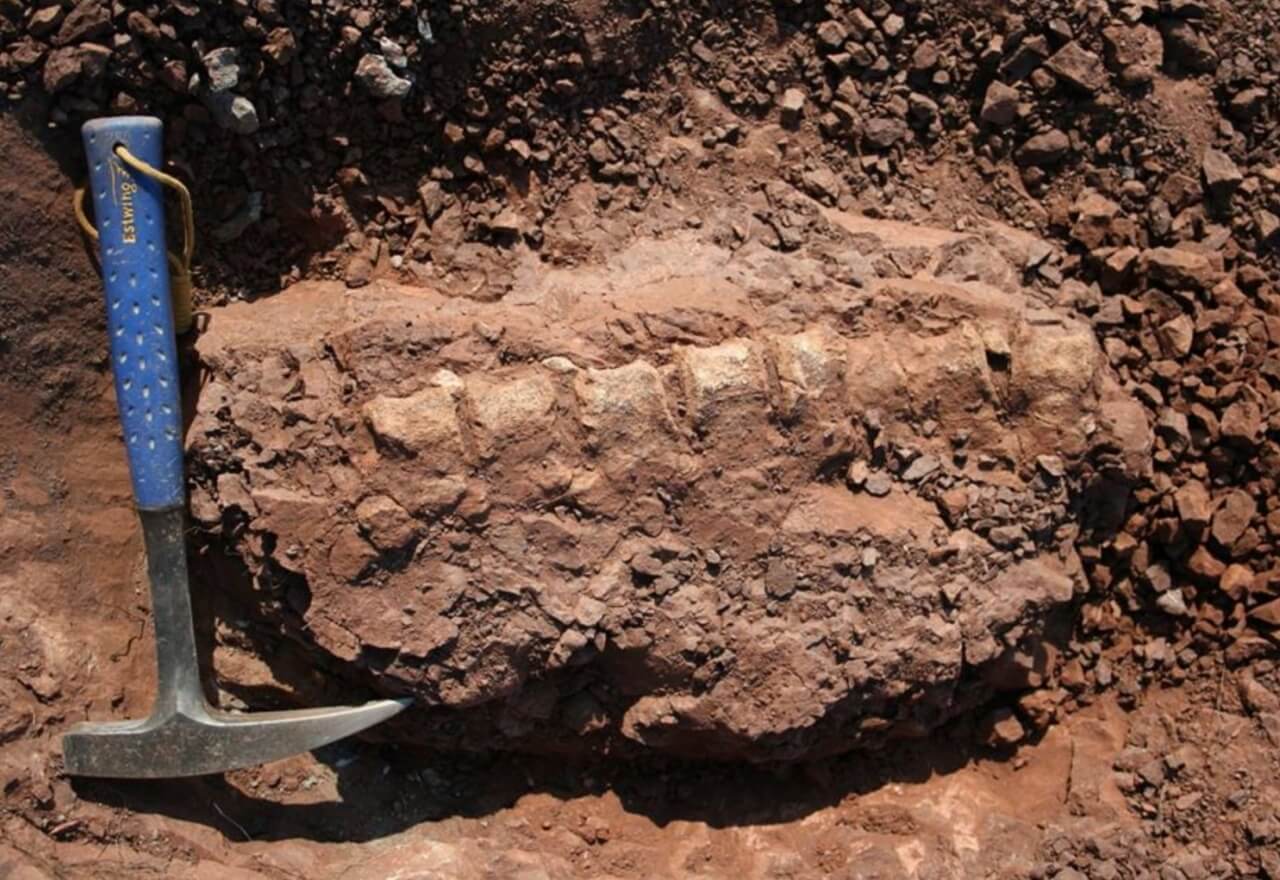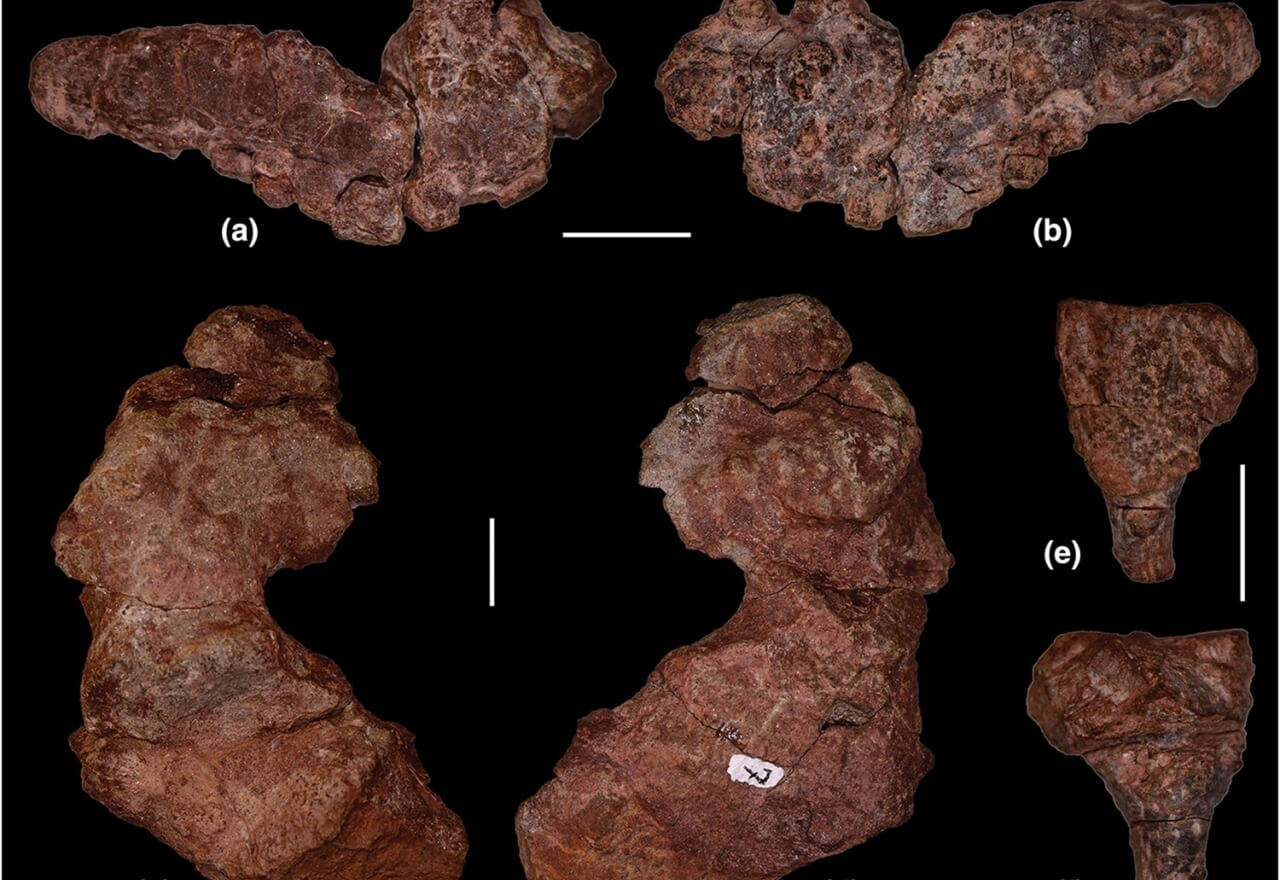The proto-dinosaur of Torre del Porticciolo: fossils of "a unique specimen" discovered
The Miracle Coast: 270 million-year-old fossil remains emerged
At Torre del Porticciolo, the fossil remains of an enormous reptile that lived at the end of the Paleozoic period approximately 270 million years ago have emerged. The discovery was made by a group of paleontologists from the University of Pavia and the Sapienza University of Rome in collaboration with National Geographic. The specimen, related to the Cotylorhynchus, is the first large paleozoic vertebrate discovered in Italy
Paleontologists have no doubts: this is a unique specimen, the first one found in Italy. Its name is Alierasaurus ronchii and is a type of herbivorous proto-dinosaur that lived in the middle Permian period between 279 and 272 million years ago. Its fossils were discovered in the Cala del Vino rock formation on the Torre del Porticciolo promontory in Alghero and details of the find were published in their entirety this month in the Palaeontologia Electronica magazine and in National Geographic in a more educational manner. The study was conducted by a team from the Earth Science Department of the University of Pavia in collaboration with the Department of Earth Sciences of the Sapienza University of Rome, the Natural History Museum of Milan, and the Museum für Naturkunde of Berlin. Beginning with the first excavations, the scientists had hypothesized that they were dealing with one of the largest specimens discovered so far. Specific examinsations of parts of the cranium, the vertebrae, and the foot have now confirmed it. Its length was approximately 7 meters, so we are faced with a real giant which had the pecularity of having a very short neck and an even smaller head in proportion to the rest of its body. Overall, however, the animal appeared stubby and barrel-shaped, with longer and sturdier front limbs compared to its rear ones. Another distinctive trait is the presence of a rudimentary chewing apparatus. The teeth, as noted in National Geographic by Marco Romano, a paleontologist from the Museum für Naturkunde of Berlin – were not used to chew food but rather to rip plants which were then swallowed whole. The food was ground up thanks to the presence of a powerful tongue which compressed the plants on denticules on the palate bone.
Until the discovery at Porticciolo, four years ago, it was believed that these same specimens were limited to a restricted geographic area in the United States.
The same discovery thus broadens the known distribution of the cotylorhynchus family and confirms the hypothesis of a land continuity between North America and Europe throughout the Permian and for the most part of the Middle Permian period: a continuity which was necessary for the migration of animals.
- More Info -





